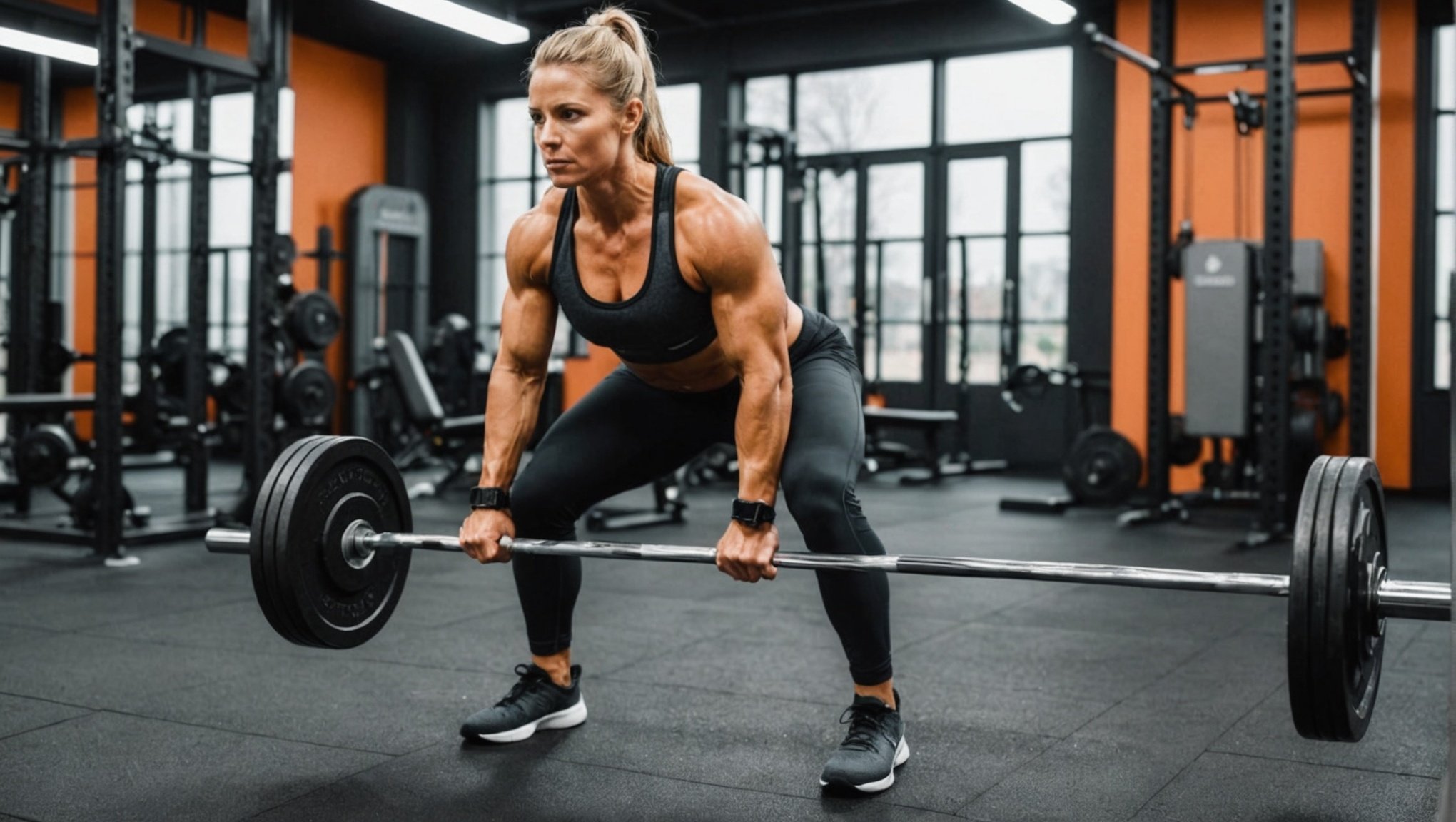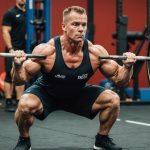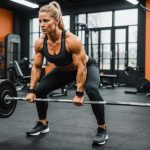In the world of fitness and bodybuilding, nutrient partitioning is a term that comes up often. It refers to how the body uses and distributes the nutrients we consume, specifically the utilization of carbohydrates, protein, and fats. But how does nutrient partitioning change with different types of strength training? Understanding this concept can help you optimize your diet and training routine for the best results.
As we dive into the topic, we’ll explore the role of nutrient partitioning in the body, the impact of various strength training modalities on nutrient partitioning, and practical tips for making the most of your nutrition and training regimen.
Also to discover : Can myofascial release improve range of motion in elite weightlifters?
The Role of Nutrient Partitioning in the Body
Before we delve into the relationship between nutrient partitioning and strength training, it is crucial to understand what nutrient partitioning is and the role it plays in the body.
Nutrient partitioning refers to how the body deals with energy intake. Whenever we consume food, the body is faced with the task of deciding what to do with the calories it has received. Will it use these calories to fuel physical activity, or will it store them for future use? This decision-making process is a fundamental aspect of nutrient partitioning.
In the same genre : How does lactate threshold impact muscle endurance in resistance training?
For athletes and those interested in improving their body composition, the hope is for nutrients to be directed towards muscle cells and away from fat cells. This would ideally lead to an increase in muscle mass and a decrease in body fat, a process known as ‘favorable nutrient partitioning’. The body’s ability to do this is influenced by a variety of factors, including genetic makeup, hormone levels, and—the focus of our discussion—our exercise habits.
The Impact of Various Strength Training Modalities
Different types of strength training have different effects on the body, and by extension, nutrient partitioning. Let’s take a closer look at how various training modalities might influence the way our bodies utilize nutrients.
Resistance Training
Resistance training, also known as weight lifting or strength training, is a popular method of improving body composition. This type of training involves the use of resistance, such as dumbbells or resistance bands, to cause muscle contractions, which leads to increased strength, size, and endurance.
Research suggests that resistance training can enhance nutrient partitioning by increasing the body’s sensitivity to insulin. Insulin is a hormone that plays a key role in nutrient partitioning, helping to direct nutrients into muscle cells. By improving insulin sensitivity, resistance training can make it easier for your body to shuttle nutrients into your muscles and away from your fat cells.
High-intensity Interval Training (HIIT)
High-intensity interval training (HIIT) is another form of exercise that can significantly influence nutrient partitioning. HIIT involves short, intense bursts of exercise followed by brief periods of rest or lower-intensity exercise.
Studies have shown that HIIT can lead to significant decreases in body fat and increases in lean mass. This suggests that HIIT may improve nutrient partitioning by promoting the use of fats for fuel and encouraging the growth of muscle tissue.
Powerlifting
Powerlifting is a strength sport that includes three lifts: the squat, the bench press, and the deadlift. These exercises target multiple muscle groups and require a combination of strength, power, and technique.
Powerlifting can have a significant impact on nutrient partitioning by promoting muscle growth and increasing metabolism. Increased muscle mass can enhance the body’s ability to utilize nutrients effectively, while a sped-up metabolism can aid in the usage of fats for fuel.
Practical Tips for Optimizing Nutrient Partitioning
Understanding how nutrient partitioning works and how it can be influenced by various types of strength training is one thing. But how can you apply this knowledge to optimize your diet and training routine? Here are a few practical tips.
Consume a Balanced Diet
Eating a balanced diet rich in protein, carbohydrates, and healthy fats is essential for proper nutrient partitioning. Protein is crucial for muscle repair and growth, while carbohydrates provide energy for intense workouts. Healthy fats, on the other hand, play a crucial role in hormone regulation, which can impact nutrient partitioning.
Focus on Post-Workout Nutrition
What you eat after your workout can significantly impact how your body utilizes nutrients. Consuming a mix of protein and carbohydrates post-workout can help replenish glycogen stores, stimulate muscle protein synthesis, and enhance nutrient partitioning.
Vary Your Training
Incorporating a variety of strength training modalities into your routine can maximize the benefits for nutrient partitioning. Consider including a mix of resistance training, HIIT, and powerlifting in your workout regimen.
The world of fitness and nutrition can be complex, but understanding key concepts like nutrient partitioning can help to demystify what’s happening in your body when you work out. By tailoring your strength training regimen and diet with nutrient partitioning in mind, you can make the most of your efforts in the gym and kitchen.
The Role of Hormones in Nutrient Partitioning and Strength Training
Hormones play a fundamental role in nutrient partitioning and how it responds to different types of strength training. As we’ve already discussed, insulin is a critical hormone in nutrient partitioning. It helps to guide nutrients into muscle cells, contributing to muscle growth and improved body composition. But insulin isn’t the only hormone involved in this intricate process.
Testosterone is another hormone significantly involved in nutrient partitioning. Known as the male hormone, it is vital for muscle growth and fat loss. Elevated testosterone levels have been linked to improved nutrient partitioning, leading to increased muscle mass and reduced body fat.
Strength training, particularly resistance training and powerlifting, can stimulate the production of testosterone. So, the more you engage in these types of strength training, the more you potentially improve your body’s nutrient partitioning.
Another hormone of interest is growth hormone (GH). This hormone is naturally produced by the body and has significant effects on both fat metabolism and muscle growth. GH helps to mobilize fat for use as energy, which can lead to a reduction in body fat. It also supports protein synthesis, a process crucial for muscle growth.
High-intensity interval training (HIIT) is particularly effective at stimulating GH production. Therefore, incorporating HIIT into your strength training routine can potentially enhance nutrient partitioning by increasing your levels of GH.
The Impact of Diet Timing on Nutrient Partitioning and Strength Training
While the type of training and hormones play a significant role in nutrient partitioning, another vital factor to consider is diet timing.
Diet timing refers to when you eat in relation to your workouts. It can significantly influence nutrient partitioning and how your body responds to different types of strength training.
For instance, consuming a meal rich in protein and carbohydrates before a workout can provide the energy you need for intense training and stimulate muscle protein synthesis. This can lead to increased muscle growth and improved nutrient partitioning.
On the other hand, post-workout nutrition is equally important. After a strength training session, your body needs nutrients to repair and grow muscle tissue, and to replenish glycogen stores. Consuming a balanced meal or a protein shake after your workout can aid in this process, improving nutrient partitioning and optimizing your training results.
Conclusion
Understanding how nutrient partitioning changes with different types of strength training is crucial for anyone seeking to improve their fitness and body composition. Various training modalities, including resistance training, HIIT, and powerlifting, can influence nutrient partitioning by affecting hormone levels and how the body utilizes nutrients.
Moreover, factors such as diet timing can have a significant impact on nutrient partitioning, providing additional ways for you to optimize your training and nutrition regimen. Remember, a balanced diet rich in protein, carbohydrates, and healthy fats is key to favorable nutrient partitioning. Varying your training and focusing on post-workout nutrition can also enhance your body’s nutrient utilization.
In conclusion, a deeper understanding of nutrient partitioning can provide valuable insights into your exercise and diet habits, helping you make the most out of your efforts in the gym and the kitchen. Whether you’re a seasoned athlete or a fitness newbie, paying attention to nutrient partitioning can significantly contribute to your journey towards improved fitness and health.













